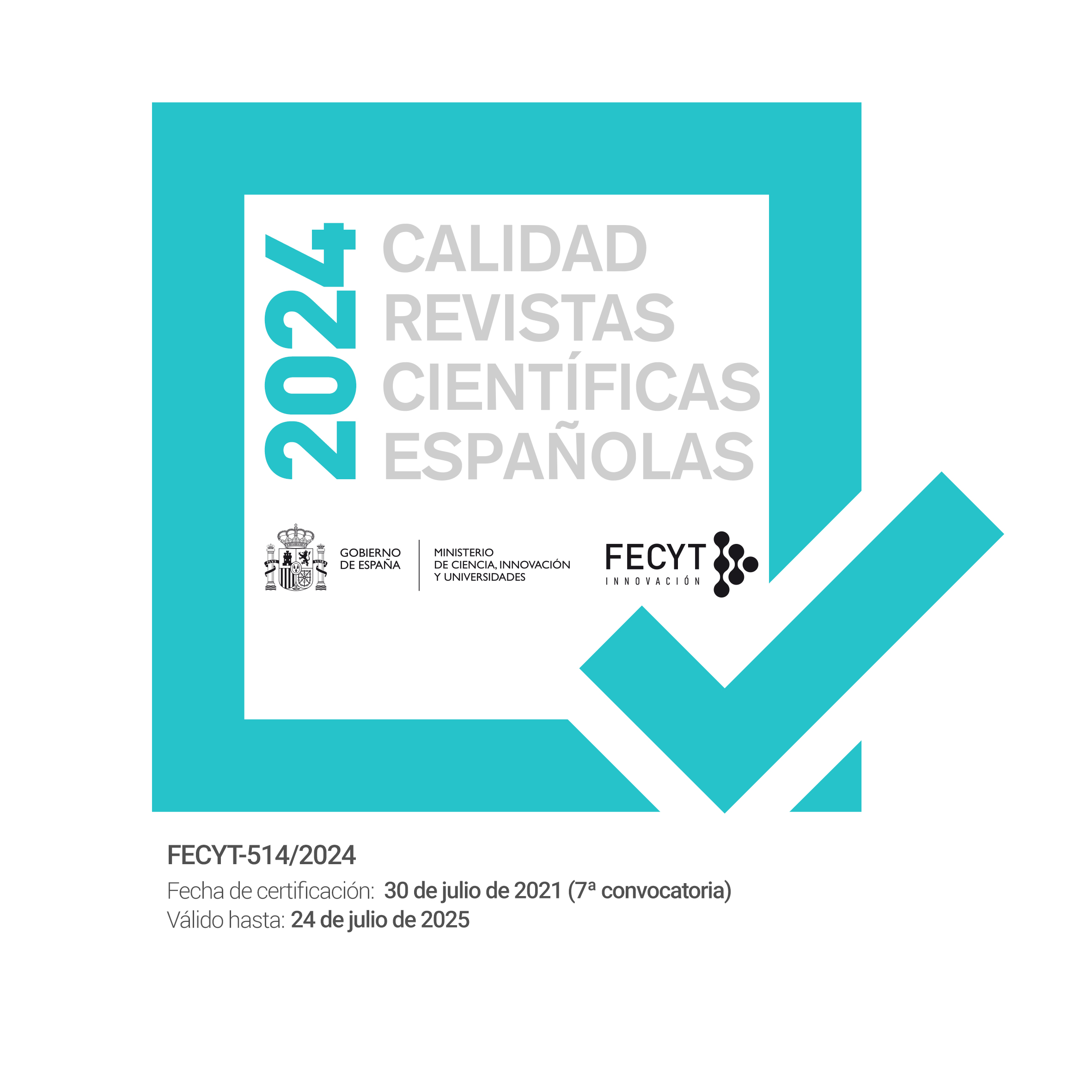'Re-borderisation’ in the South-Western Novels of Ana Castillo and Cormac McCarthy
Abstract
ABSTRACT: Two novels dealing with the cultural interface of the US/Mexico borderlands published in the early 1990s achieved notable mainstream success and critical acclaim – So Far From God by Ana Castillo (first published in 1993) and All the Pretty Horses by Cormac McCarthy (first published in 1992). This paper argues two main points. The first point is that the mainstream consumerappeal of these novels –their successful commodification of multicultural images– actually relies upon the subtle repetition of myths of the borderlands in ways that reinforce ethnic and cultural stereotypes. The second argument is that this process in the novels is part of a general mainstream ‘reborderization’ in the U.S. in the earlyto mid-1990s: a reactionary response to the perceived erosion of traditional concepts of national identity in an era dominated by post-modern trans-boundary forces exemplified by initiatives such as the North American Free Trade Agreement. The textual commodities that these two novels become in 1993 provide perfect illustrations of the processual nature of the U.S./Mexico border, and embody the border dialectic made visible in the political and social developments in late 20th century Northern America: seeming to blur boundaries by engaging with the ‘other’ culture, they are at the same time subtle examples of informal and non-territorial reborderisation.
RESUMEN: Dos novelas que tratan la interfaz cultural de la frontera entre Estados Unidos y México, publicadas a principios de los 90, consiguieron un éxito entre el público general y una aprobación crítica considerables: So Far From God, de Ana Castillo (publicada en 1993) y All the Pretty Horses de Cormac McCarthy (publicada en 1992). Este ensayo argumenta dos puntos principales. El primero es que el éxito de estas novelas entre el público general –su exitosa transformación en mercancía de las imágenes multiculturales– de hecho se basa en la sutil repetición de mitos de la frontera de maneras que refuerzan los estereotipos étnicos y culturales. El segundo argumento es que este proceso en las novelas es parte de una “refronterización” general en los Estados Unidos que tiene lugar entre principios y mediados de la década de los 90: una respuesta reaccionaria a lo que se percibe como una erosión de los conceptos tradicionales de identidad nacional en una era dominada por fuerzas transfronterizas postmodernas, ejemplificadas en iniciativas como el Acuerdo Norteamericano de Libre Comercio. Las “mercancías textuales” en que se convirtieron estas dos novelas en 1993 proporcionan una ilustración perfecta de la naturaleza procesual de la frontera entre los Estados Unidos y México y manifiestan la dialéctica de frontera que se hace visible en el desarrollo político y social de la Norteamérica de fines del siglo XX: mientras que aparentemente emborronan los límites al tratar de la “otra” cultura, son al mismo tiempo ejemplos sutiles de una “refronterización” informal y no territorial.















